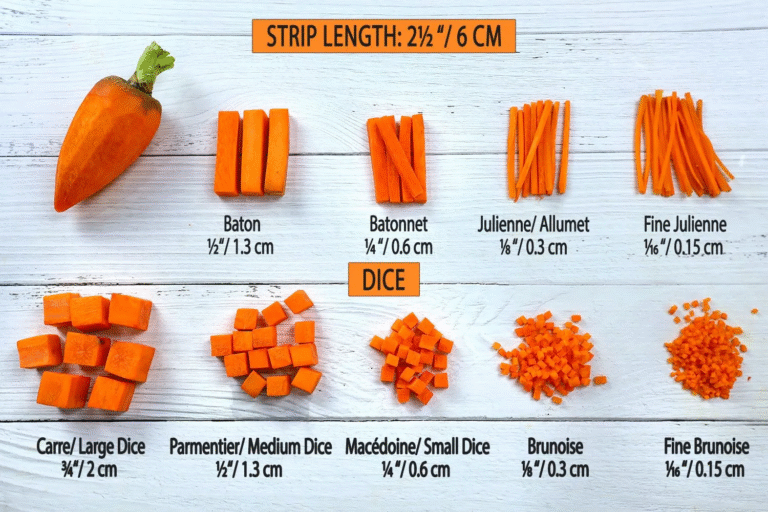Object-Oriented Programming: The Foundational Duality of Classes and Objects
Object-Oriented Programming (OOP) represents a transformative paradigm in software engineering, structuring programs as a collection of interacting objects rather than a sequence of procedural commands. [1][2] This model organizes complex systems into understandable, reusable, and manageable components that mirror real-world entities. [3][4] At the very core of this paradigm lie two inseparable concepts: the class and the object. [5][6] The class serves as the architectural blueprint, while the object is the tangible instance built from that plan. [7] Understanding this foundational duality is essential to grasping how OOP enables the development of robust, scalable, and maintainable software. [8][9]
The Class: An Encapsulated Blueprint for Abstraction
A class is a user-defined data type that acts as a template for creating objects. [5][6] It is a logical, compile-time construct that defines a set of attributes (data members or properties) and methods (member functions or behaviors) common to all objects of a specific kind. [3][7] For example, a BankAccount class would define attributes like accountNumber, accountHolderName, and balance, along with methods such as deposit(), withdraw(), and getBalance(). [10] Defining a class does not allocate memory for an object; it only specifies the structure and functionality that its future instances will possess. [6][11] This blueprint is fundamental to achieving two of OOP’s core principles: encapsulation and abstraction. [12][13]
Encapsulation is the bundling of data and the methods that operate on that data into a single, cohesive unit—the class. [13][14] This mechanism protects an object’s internal state from outside interference and accidental modification, a concept known as data hiding. [2][15] Typically, a class’s data members are declared as private, making them inaccessible from outside the class. [16] Access is granted only through a public interface of methods (often called getters and setters), which allows the class to control how its data is read and modified. [14][16] Abstraction builds upon this by hiding complex implementation details and exposing only the essential functionalities. [13][17] A user interacting with a BankAccount object only needs to know about the deposit() method, not the intricate steps involved in updating the balance and logging the transaction. [14] This reduces complexity and allows developers to work with high-level concepts without being bogged down by low-level details. [9][17]
The Object: A Tangible Instance with State, Behavior, and Identity
If a class is the blueprint, an object is the concrete entity created from it. [7][18] An object is an instance of a class, a run-time entity that exists in memory and brings the class’s abstract design to life. [6][19] When an object is created—a process called instantiation—the system allocates memory for its attributes and it acquires the behaviors defined by its class. [11][20] The creation and initialization of an object are managed by a special class method called a constructor, which is invoked automatically upon instantiation. [21][22] Conversely, a destructor is a special method that cleans up resources when an object is no longer needed. [21][23]
Every object is characterized by three essential properties: state, behavior, and identity. [18][19]
- State is defined by the current values of an object’s attributes. [19][24] For one
BankAccountobject, the state might be a balance of $5,000, while for another object of the same class, the balance could be $1,200. [14] - Behavior is determined by the object’s methods, defining what it can do. [19][24] Both bank account objects can perform
deposit()andwithdraw()operations, which in turn modify their respective states. [25] - Identity is the property that makes each object unique, distinguishing it from all others, even if their states are identical. [19][26] This is often managed through the object’s unique memory address, ensuring that two separate objects representing two identical cars are still treated as distinct entities. [24][25]
The Symbiotic Relationship and Its Impact on Software Architecture
The relationship between classes and objects is the engine that drives the major benefits of OOP: reusability, modularity, and scalability. [8][27] By defining a generic class, developers can create multiple, independent objects, each with its own data but sharing the same functional logic. [7][8] This drastically reduces code redundancy and improves efficiency. [8][27] For instance, in a graphics application, a single Shape class can be the foundation for thousands of Shape objects, each with a different color, position, and size, without duplicating the code for drawing or resizing.
This model fosters a highly modular architecture. [4][9] Each class is a self-contained component, which makes systems easier to understand, debug, and maintain. [8][9] When a bug is found or a feature needs updating, changes can often be isolated to a single class without causing a ripple effect across the entire codebase. [9] This modularity is also the key to scalability. [8][10] As a system grows, new functionality can be added by creating new classes that interact with existing ones or by using inheritance to create specialized versions of existing classes. [8][27] For example, a SavingsAccount class can inherit the common properties of the BankAccount class while adding unique features like interest calculation. [16] This ability to build upon and extend existing, proven code is what makes the class-object model a powerful foundation for engineering complex, evolving software systems. [8][27]



